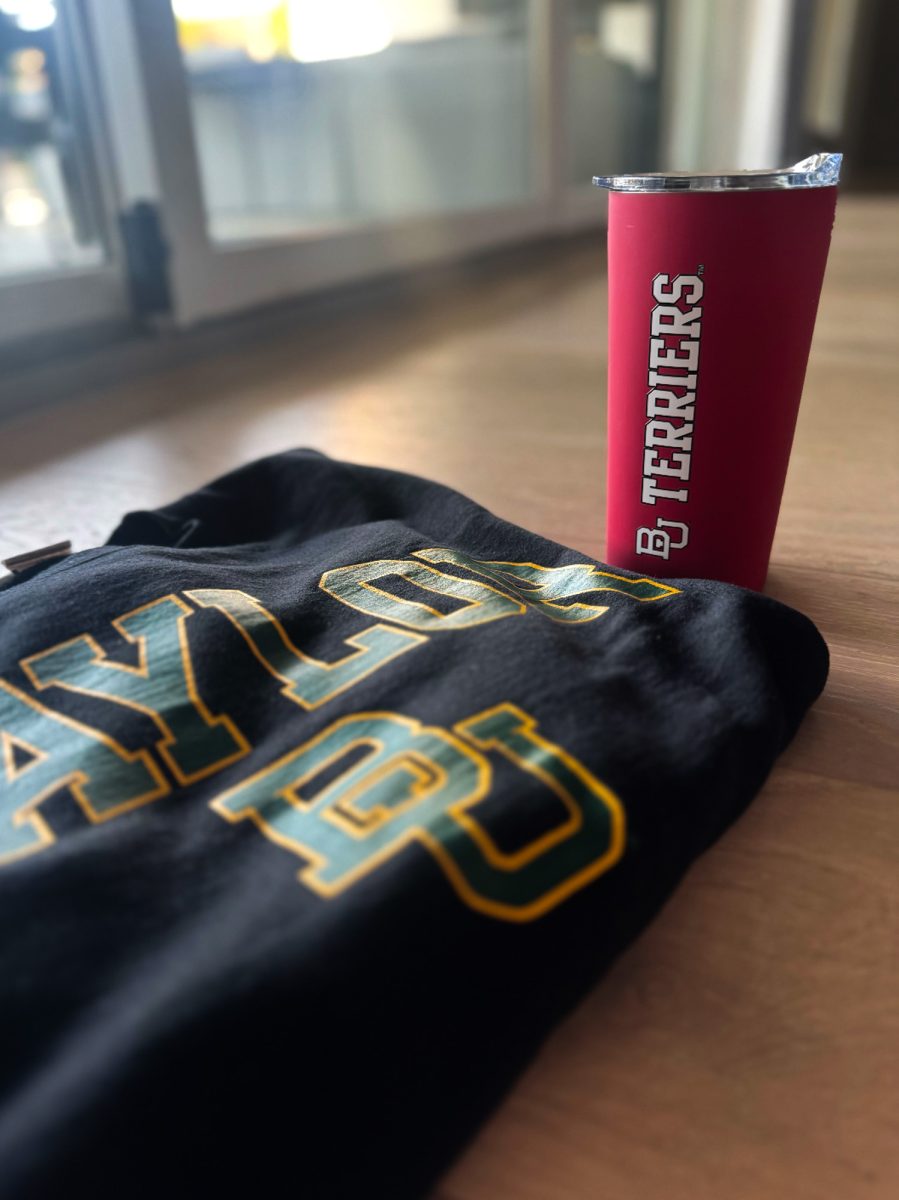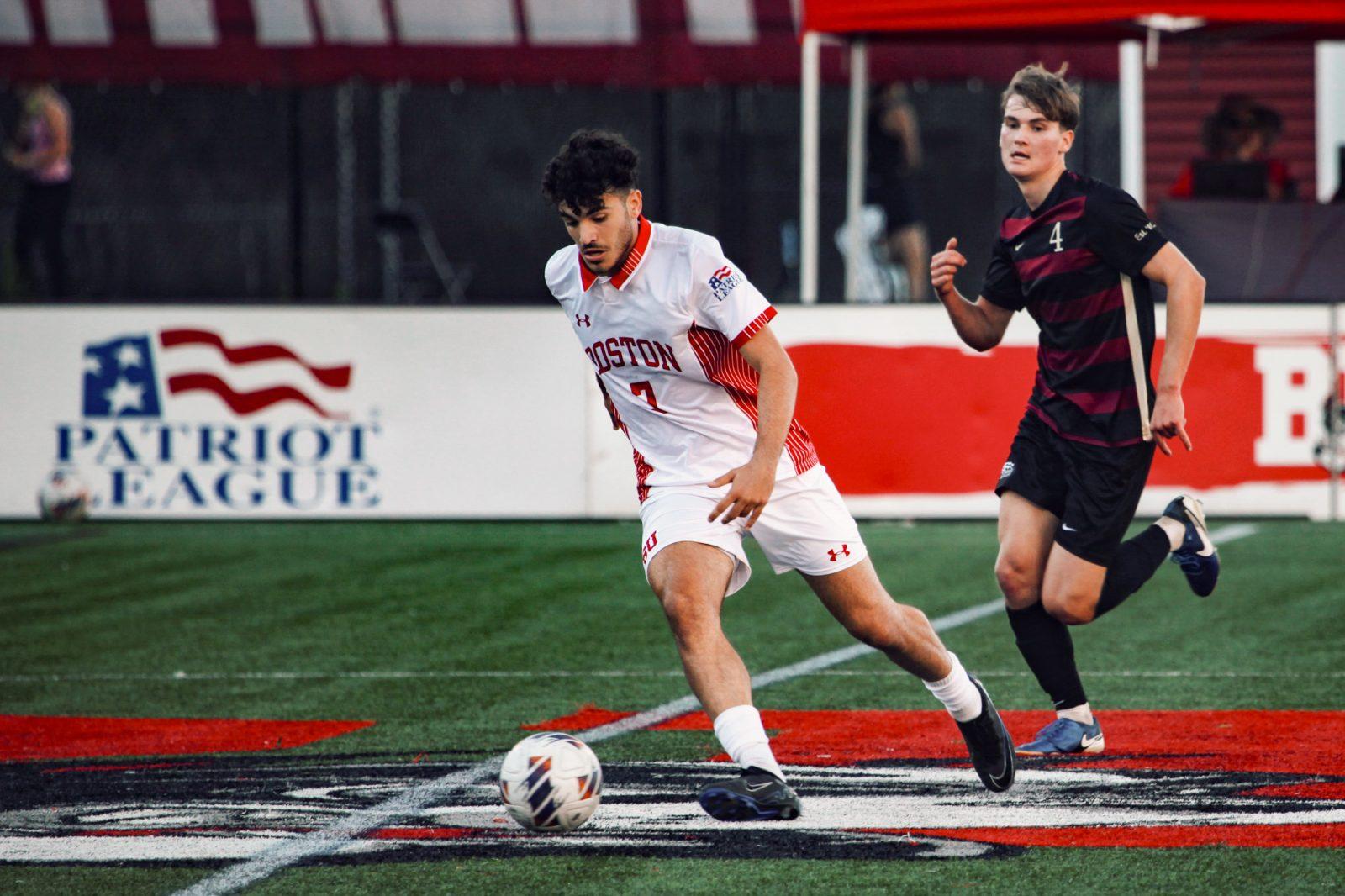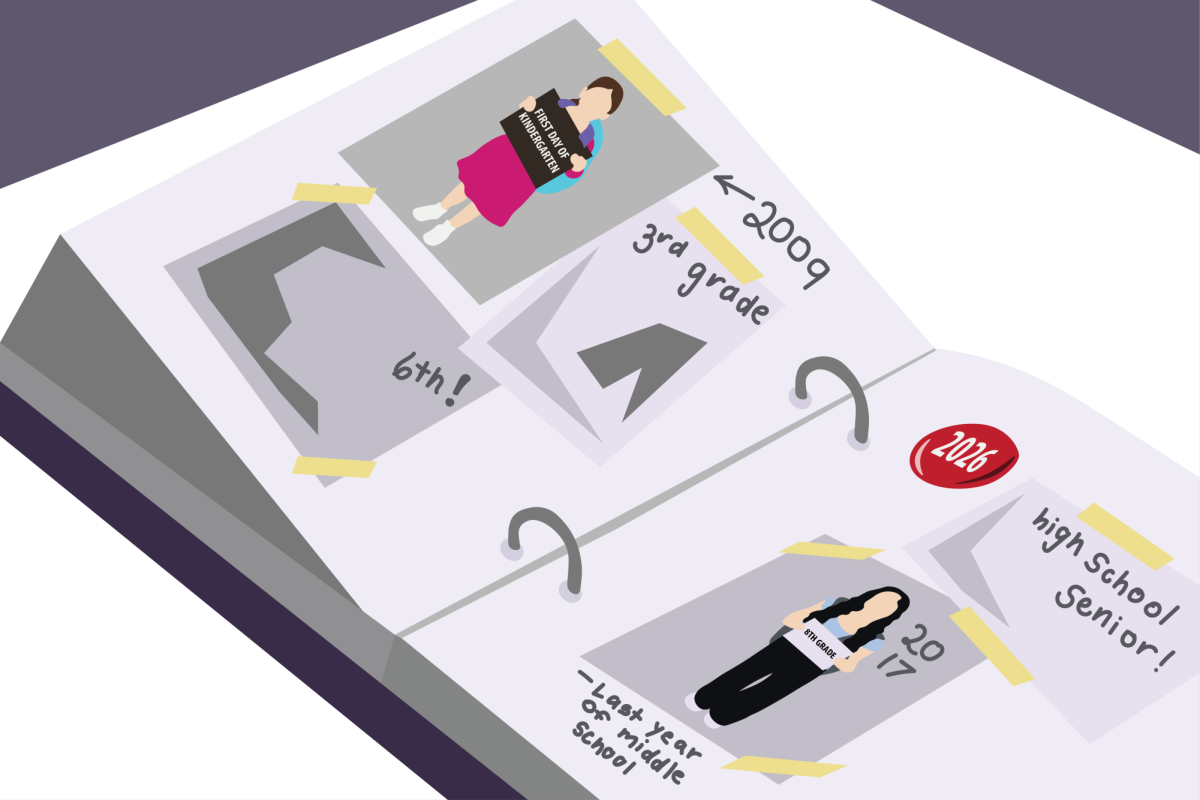For some of the more seasoned citizens of Terrier Nation, the habits will be tough to break. There will be a new T stop, a new seat number and a new favorite bathroom to call your own.
Not to mention a whole new way to watch a hockey game.
Members of the New England media got their first look inside Agganis Arena Tuesday afternoon, and despite the lack of seats, ice, scoreboards, glass and locker rooms, it still looked a lot like a hockey arena.
While the artist renderings have been posted on the arena’s official website for more than a year now, standing inside the 6,300-seat facility (for hockey games) has a much different feel. The most impressive and talked-about feature during the tour was the steep grade of the seating bowl. Unlike in the 32-year-old Walter Brown Arena, seats in Agganis Arena wrap all the way around the ice.
The intimate setting will make sure every fan, including those in the last row and the upper loge suites, will be within 60 feet of the ice surface, said Boston University Assistant Vice President Peter Smokowski, who led the tour along with arena General Manager Amy Brown.
While Smokowski, Brown and numerous other BU representatives played a part in every stage of the arena’s planning, most of the hockey-related decisions were left up to BU hockey coach Jack Parker.
“I had just about every say you could have regarding how big the rink was going to be, where the benches were going to be, where the dressing rooms were going to be,” Parker said. “I had a lot of say in the size of the building, because there was talk they might build a 9,000-seat arena, and I said ‘If you’re going to build a 9,000-seater, I’ll stay in Walter Brown Arena.'”
Parker said the smaller arena will keep the more intimate feel now present in Walter Brown.
“I want to make sure we have a full house, and I want to make sure there’s a demand for tickets and we want to make sure that there’s enthusiasm in the building,” he said. “And I think that [6,300] is going to be terrific for us.”
Smokowski said a group of BU representatives – which included Parker – visited more than 50 facilities nation-wide, taking the positives and negatives of each and bringing them back to the drawing board. While most of the models, like the University of New Hampshire’s Whittemore Center, the University of Massachusetts at Lowell’s Tsongas Arena and the University of Minnesota’s Mariucci Arena, had been built within the last 10 years, Parker said the biggest inspiration for the cozy seating arrangements came from a slightly older building.
The now-demolished Boston Garden.
“I wanted [fans] to be as close to the ice level as possible, for fans to be on top of the players,” Parker said. “And the only way to do that without a balcony is to make sure that the grade of the seats is really steep. The Garden and the Bradley Center in Milwaukee have two of the steepest seatings I’ve ever seen. We tried to go as high as we could grade-wise, up to code. And I think they did a great job that way, the crowd is going to be right on top of you.”
Parker also said another Garden-inspired idea may be brought to the new building – or more specifically the transition to the new building. The Department of Athletics would like to have the final game in Walter Brown on a Friday night and the first game at Agganis Arena 24 hours later against the same opponent, the coach said. He noted that the Boston Bruins closed down the Garden with a game against the Montreal Canadiens and christened the FleetCenter the following night against the Canadiens.
Arena officials would not confirm any exact dates for the grand opening, only saying “January 2005.” Parker noted that the two-time defending national champions, the University of Minnesota, will be in town for a pair of games in early January, perhaps providing the perfect showcase for the new building.
When students enter the building for the first time (with tickets printed from their dorm-room computer because of a deal with Ticketmaster, Smokowski said), they will walk past two massive hand-painted murals depicting BU’s 38 All-Americans before making their way down to the seating bowl, some of which actually sits below street level. Section 8-ers will have to get used to a new number – most likely 108 or 118 – as Smokowski said there will be between 1,200 and 1,400 student seats concentrated behind both goals.
Once they find their seats, Smokowski said fans will not have trouble being entertained. Other than the game on the ice, Terrier Nation can direct its collective sight toward a center-hung scoreboard with four video screens, each measuring 8 feet by 14 feet.
The screens, which will all be in high definition, are one of the technological features of Agganis Arena that are ahead of many other entertainment venues. Add that to the 15 public restrooms, the pair of 200-foot-long LED “ribbon” screens on each side (similar to those in the FleetCenter), the various concession stands and the ability to hold BU basketball games, musical acts and other shows, and Smokowski said BU will be able to compete with any facility in the country while filling the city’s need for a medium-sized arena.
And while fans stare wide-eyed at the video boards, Parker said he will be looking at the spacious locker rooms, luxurious team lounge and state-of-the-art weight room and how they will help (or already have helped) in the recruiting process.
“Well, this is my 31st year, and when I first took over I had one of the best rinks in college hockey to recruit for,” Parker said. “And over the 30-odd years, we’ve wound up with a less-than facility compared to everybody else’s.
“Although we have great crowds here and great following here [at Walter Brown], I think the sizzle of the new weight room, the new dressing rooms, the brand new facility itself, the new video rooms and all that stuff is going to make it an easier sell for Boston University hockey,” Parker said.
And if Terrier Nation is as impressed in January as the assembled media seemed to be on Tuesday, tickets to Agganis Arena may be an easier sell as well.




















































































































